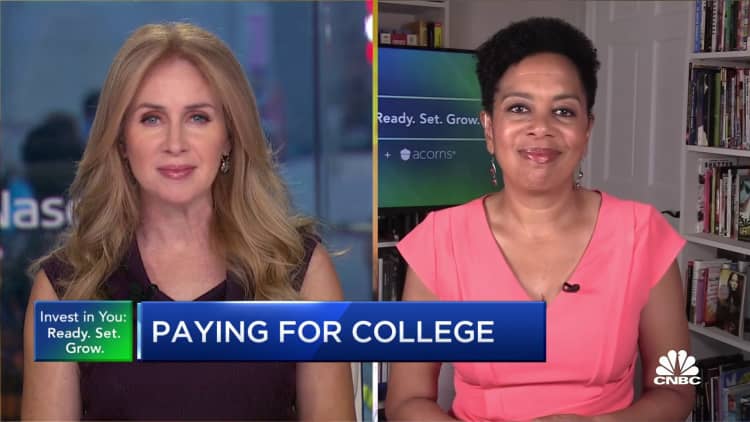As inflation causes a spike in the cost of college, many parents may be concerned about higher tuition bills.
A few tax breaks, however, may offer relief for cash-strapped families, financial experts say.
While tuition and fees mostly remained flat during the pandemic, some colleges are now raising tuition by as much as 5% amid soaring inflation and other pressures.
What's more, 529 college savings plans may have lower balances after double-digit stock market losses in 2022, and rising interest rates are making student loans more expensive.
More from Personal Finance:
Nearly 20% are afraid to check credit card statements
Here are 6 strategies to recession-proof your finances at any age
Got a marketplace health plan? How to avoid a tax surprise
While 529 college savings plans provide a tax incentive to save, and the student loan interest deduction may help after graduation, other write-offs may be limited.
"There's just not a lot there," said certified financial planner John Loyd, owner at The Wealth Planner in Fort Worth, Texas.
However, there are a few tax credits worth exploring.
1. Tax credit for undergraduates
If there's an undergrad in the family, you'll want to consider the American opportunity tax credit, a break for qualified education expenses, limited to four years per student.
Here's how it works: You can claim 100% of the first $2,000 of costs per student and 25% of the next $2,000 for a maximum credit of $2,500 per student. To qualify, you'll need Form 1098-T from the school, covering tuition and expenses paid.

Moreover, up to $1,000 is refundable, which means you can claim part of the benefit even without tax liability, a possible boost for lower earners, said Tommy Lucas, a CFP and enrolled agent at Moisand Fitzgerald Tamayo in Orlando, Florida.
However, the more you make, the tougher it may be to qualify. For 2022, eligibility starts to phase out once your modified adjusted gross income exceeds $80,000 ($160,000 for couples filing together). You can't claim the write-off with MAGI above $90,000 ($180,000 for joint filers).
While 529 college savings plans provide a tax incentive to save, and the student loan interest deduction may help after graduation, other write-offs may be limited.
2. Tax credit for graduate and professional degrees
Another tax break, the lifetime learning credit, extends to graduate studies and professional degree courses, worth up to $2,000 per tax return.
You may claim 20% of the first $10,000 of qualified education expenses. Although the credit isn't refundable, you can take it for an unlimited number of years. But the same income phaseouts apply.
You can't claim both credits for the same expenses, so if you're eligible for the American opportunity tax credit, it's better to take that one, Loyd explained. "That's where you're going to get the most bang for your buck."
3. Claim a tax break for working
Parents may claim the American opportunity tax credit or lifetime learning credit while children are dependents, but working students may also qualify for a couple of tax breaks.
Students may claim the earned income tax credit, a refundable write-off for low- to moderate-income workers.
If they can afford to save some of their earnings, they may also take the retirement savings contributions credit, Lucas said, applying to up to 50% of deposits for a maximum of $1,000 for single investors.
"Essentially, you're getting a free 50 cents on the dollar for every dollar you put into a Roth [individual retirement account]," he added.


